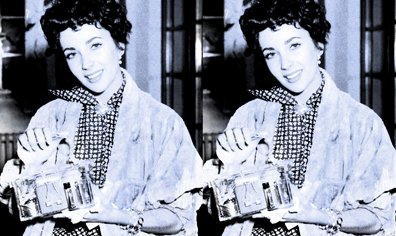Blog
Class Is In Session: Lucite 101
Fashion accessories come in all shapes, sizes, designs and colors, but one of this years most attractive material is one that lacks any inherent design and is all together lacking in any tone or color. It’s a material That has been used to make everything from translucent furniture, crystal clear shoes, and transparent purses and jewelry.
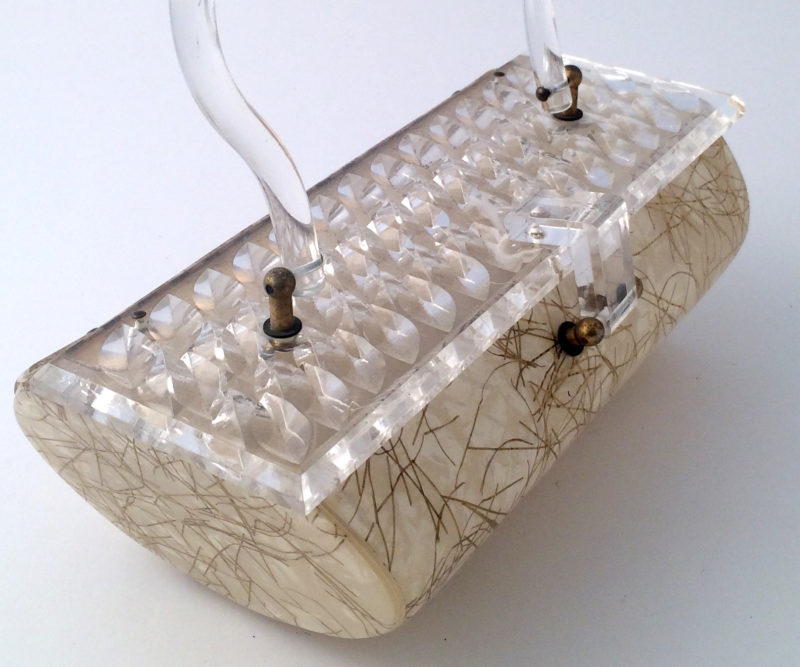
Vintage 1950’s “Gilli” Carved Lucite Gold Spangled Purse
What is Lucite?
Lucite is a transparent polymer that can be used to add an interesting twist to a wide range of commonplace items by recreating them in nearly invisible plastic. Chairs, shoe heels, purses and just about anything you can think of takes on a completely unique look when made from this beautiful and intriguing material.
Lucite can trace its origin back to the 1930’s, The material was developed in multiple labs by many chemists and was made available to the public under the trademark Plexiglas, but it did not find it’s way into the fashion industry until the 1940’s when it was first used to create handbags and jewelry. Marilyn Monroe can bee seen carrying a Lucite handbag in the 1953 film noir thriller “Niagara”.
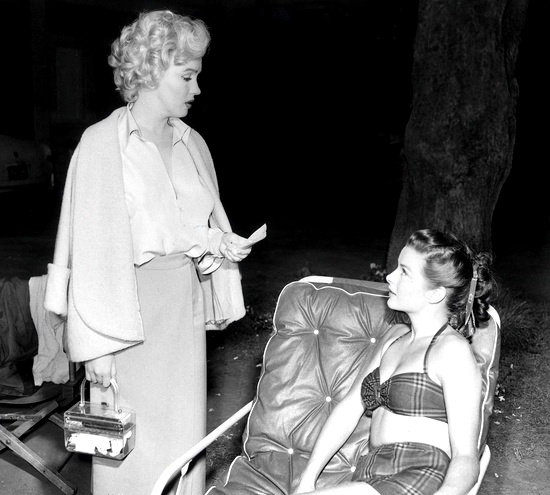
Why are Lucite accessories collectible?
The timeless quality and craftsmanship found in the early Lucite accessories, and the glamorous history attached to them is what makes these items so desirable and collectible. Although many pieces were crafted decades ago, they still exude an aesthetic beauty that gives the impression of being brand new, while simultaneously looking like it is a piece of fashion history. The allure of Lucite handbags and jewelry has been present since 1940 to 1970’s but recently there has been a major resurgence of interest and demand for Lucite accessories.
The timeless quality and craftsmanship found in the early Lucite accessories, and the glamorous history attached to them is what makes these items so desirable and highly HIGHLY collectible. Although many pieces were crafted decades ago, they still exude an aesthetic beauty that gives the impression of being brand new, while looking right at home as a piece of fashion history.
The allure of Lucite handbags and jewelry has consistently maintained a strong fashion influence since being introduced in the 1940’s, but recently there’s been a major resurgence of interest and demand for Lucite accessories both new and vintage.
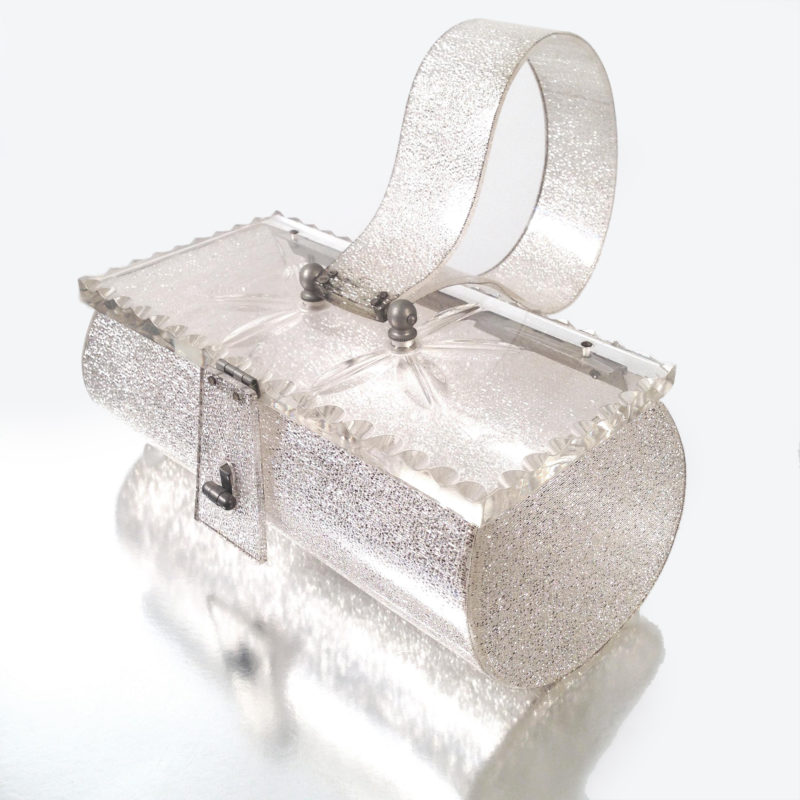
Vintage Rare Large Loop Single Handle Lucite Bag
What era is the most collectible and why?
There are a number of beautiful and historically significant examples from every era aggressively sought by various collectors. Whether it’s the glamorous heyday of the 1940’s, and 50’s, the fashion explosion of the 1960’s, or the chic designer influence of the 70’s, each style has its own loyal collectors. The most collectible pieces of both Lucite jewelry and handbags are vintage pieces from the mid century (circa 1947 to 1957). The reason these tend to be the most highly sought after pieces can be summed up in one word; elegance!
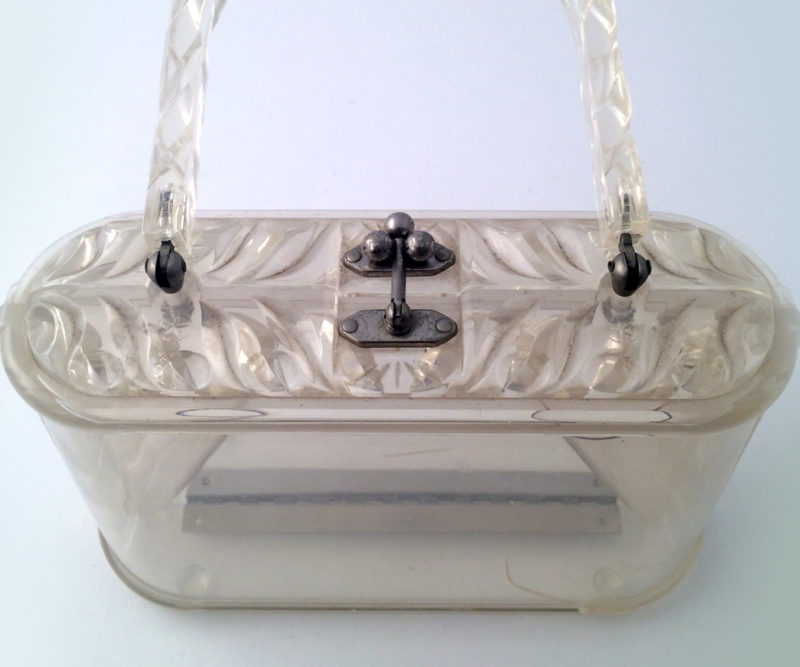
Vintage Clear Carved Lucite Purse
Who are the top makers?
Although there are many makers of Lucite accessories, the major designers are as follows: Gilli Originals, Crown Lewis, Wilardy Originals of New York, Patricia of Miami, Evans, and Myles & Maxim. Many Lucite manufactures did mark their products with identifiable logos and names, but more often than not, most were unidentified. Manufactures and even top designers of the time did not mark these stylish works of art, or supplied an easily lost paper label.
In today’s high volume, consumer driven fashion market filled with millions of copies of the same dress, purse, or shoe, the allure of the not so distant past is irresistible to many modern day fashion enthusiasts and collectors. The creativity, craftsmanship, and style born from the collaboration between artisans, designers, and manufactures during fashions earliest days has left a legacy of rare and beautiful works of art that may never be seen again.
This is just the first of several sojourns into the past as we explore the passionate relationship between fashion, art and our own individual style.

